Sufi Saints of India
- December 8, 2020

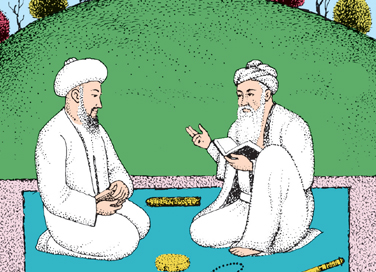
Sufi Saints of India
- December 8, 2020
By Swarn Khandpur
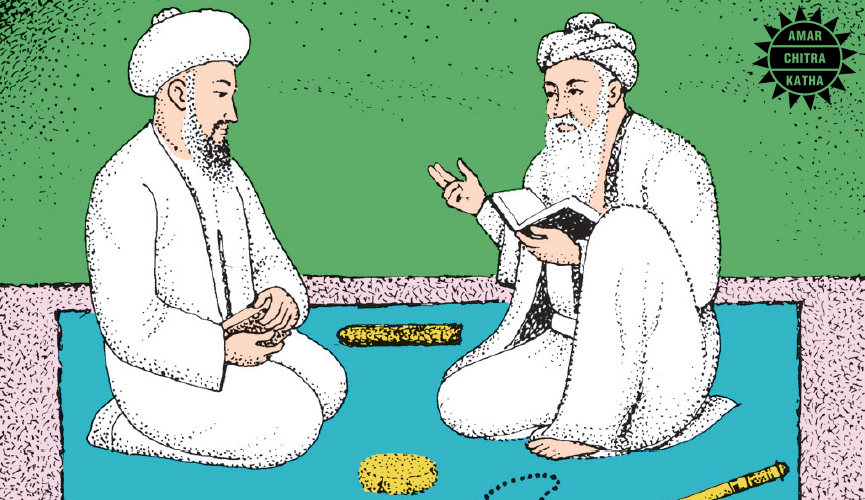
The Sufis were saints or mystics of Persia who formed themselves into several orders and spread out to distant lands. Some of them lived as householders.
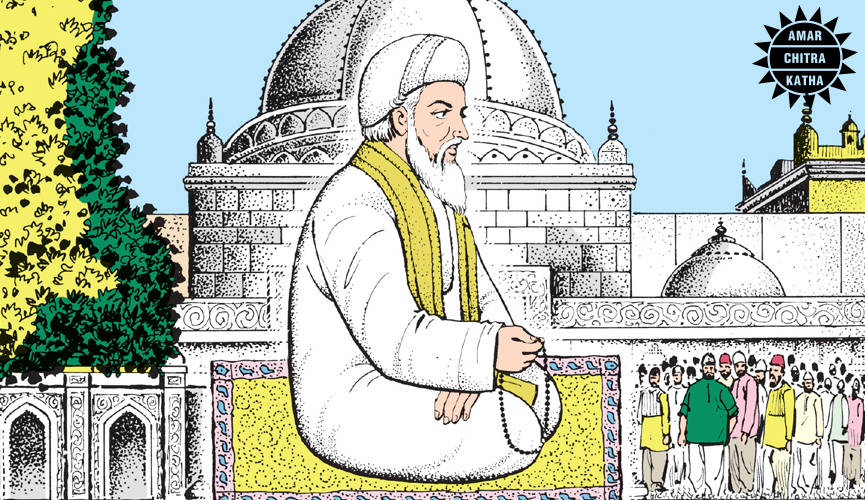
Khwaja Muinnudin of the Chishti order came to India in the 12th century and settled down at Ajmer. His piety and humility endeared him to Hindus and Muslims alike. They affectionately called him Garib Nawaz, one who cherishes the humble. His tomb has become a place of pilgrimage for his following all over the world.
To receive more such stories in your Inbox & WhatsApp, Please share your Email and Mobile number.
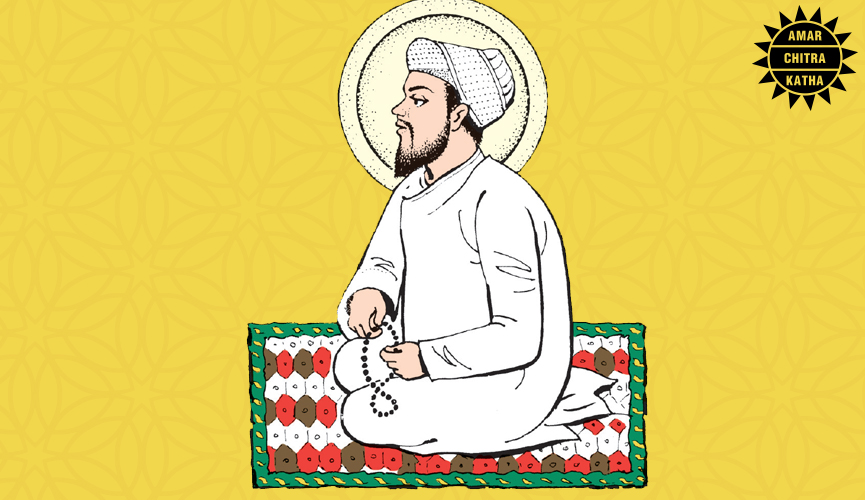
After his raid on Delhi in 1398, Taimur was returning home to Samarkand, laden with gold and riches. Suddenly, at a place in Punjab, the caravan stopped. The horse refused to move. Taimur became furious. When told that the place was sanctified, Taimur demanded to know by whom. A voice answered:
“Baba Farid, the king of kings.”
Taimur, the story goes, bowed to the memory of the saint and spent the night at the Dargah (or tomb) of Baba Farid.
Baba Farid was popularly known as Ganj-Shakkar or the treasurer of sweetness. It is said that, as a child, he would get some sugar from his mother after every prayer. One day, she forgot to put it under the prayer mat. But, by some divine power, sugar did appear when Farid turned to take his reward! His hymns are included in the Granth Sahib, the Holy book of the Sikhs. He would say,
“Do not give me scissors. Give me a needle. I sew, I do not cut.”
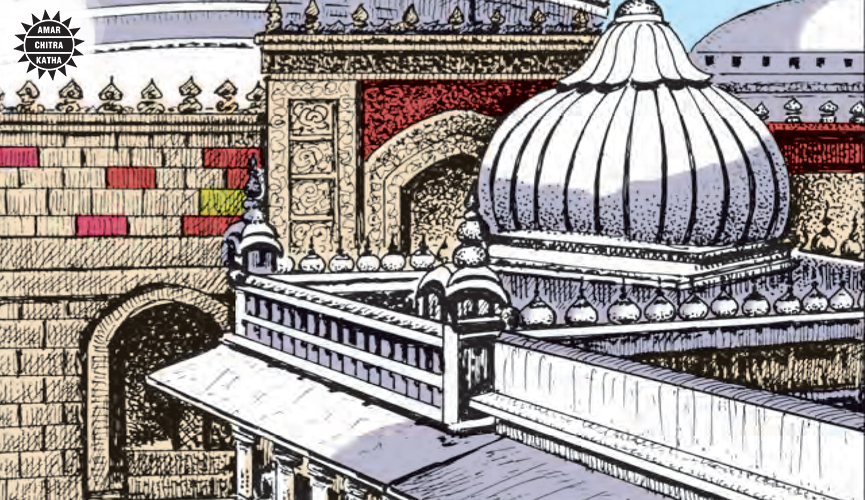
Another great Sufi was Nizamuddin Auliya who settled in Delhi and spent his life in the service of God and his creatures. Around his tomb has grown a settlement popularly referred to as “Sufi Basti”.
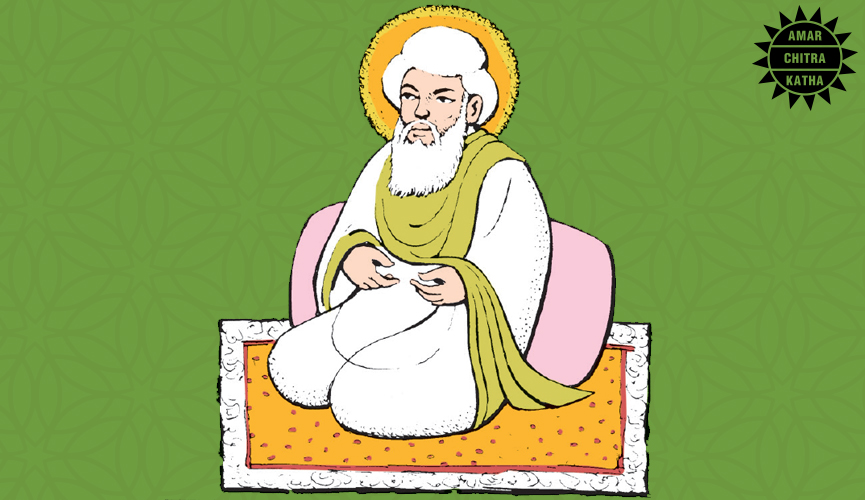
Sheikh Salim Chishti, a Sufi saint during the reign of Emperor Akbar, had settled down at Sikri near Agra. It was with his blessings that a son was born to Akbar. The child, named Salim after the saint, later became known as Emperor Jahangir. Akbar built a marble tomb for the saint at Fatehpur Sikri.
To receive more such stories in your Inbox & WhatsApp, Please share your Email and Mobile number.

Comic of The Month
The Naval Journey of India Book I
This book is the first of a three-book series that takes a deep and detailed look at India's Naval History and a deep insight into the lives of our men and women in white. But any series on the Indian Navy has to start at the very beginning - exploring India's celebrated maritime history. Join our little hero, Bharat, and his grandfather, Commodore Sagar, as they sail into the deep blue waters of time. Book I of The Naval Journey of India takes a sweeping look at India's maritime endeavours, how the seas impacted us over millennia and how the oceans made us who we are.